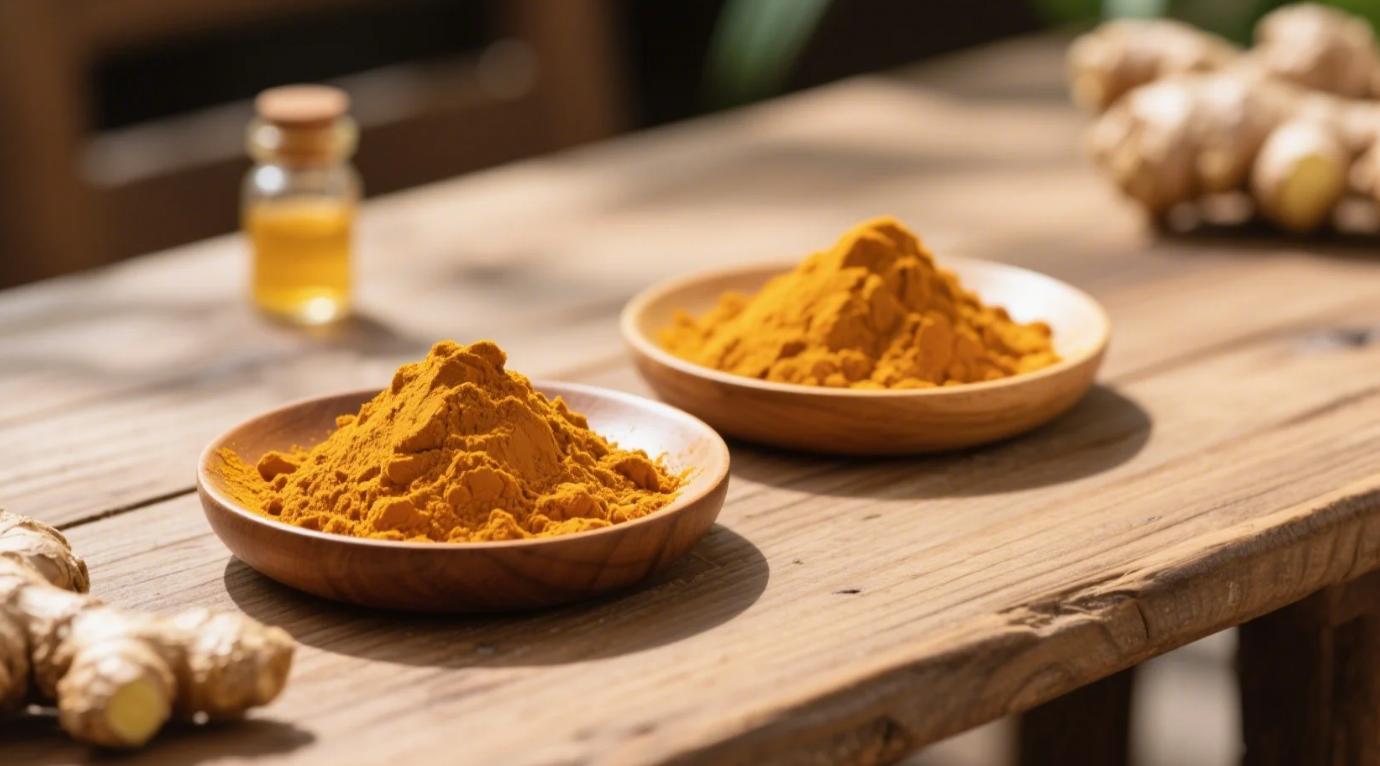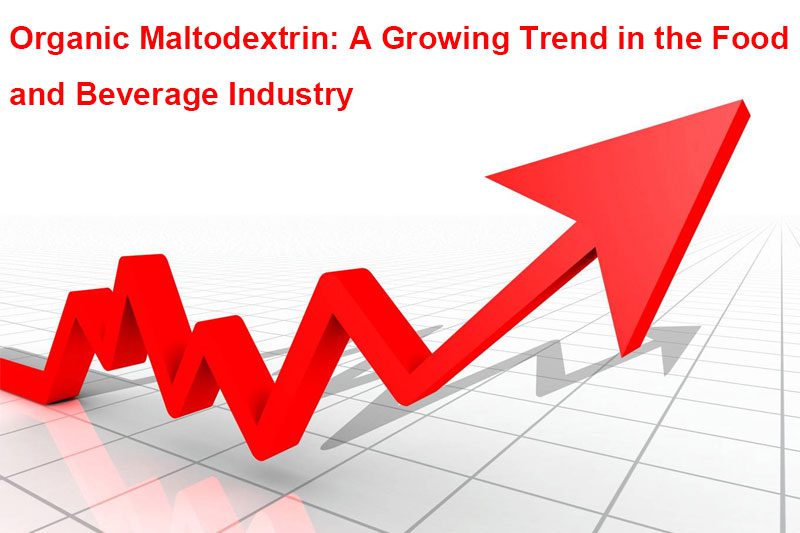Table of Contents
1. Market Growth Projections
The global organic turmeric market, encompassing both turmeric extract and powder, is poised for robust growth. Valued at $9.8 billion in 2024, the sector is projected to reach $18.3 billion by 2030, reflecting a CAGR of 7.2%. This expansion is driven by:
- Health-Conscious Consumer Demand: Over 68% of Gen Z and millennials prioritize natural anti-inflammatory solutions, with turmeric’s curcumin content linked to a 23% reduction in chronic inflammation markers.
- Pharmaceutical Innovation: Clinical trials validate curcumin’s efficacy in treating arthritis (34% pain reduction) and neurodegenerative diseases, with bioavailability-enhanced formulations (e.g., liposomal curcumin) capturing 22% of the nutraceutical market.
- Regulatory Support: USDA Organic and EU certifications now cover 90% of premium turmeric products, enabling access to high-value markets like the EU and North America.
2. Differentiation Between Extract and Powder
A. Organic Turmeric Powder
- Applications: Dominates culinary and traditional medicine sectors, with 65% of sales from food & beverage industries (e.g., golden lattes, functional snacks).
- Market Share: Holds 58% of the organic turmeric market, driven by cost-efficiency ($12–$18/kg) and versatility in small-scale artisanal production.
- Challenges: Limited curcumin bioavailability (1–2%) restricts therapeutic adoption, though cold-pressed innovations improve retention by 40%.
B. Organic Turmeric Extract
- Premium Positioning: Commands 42% market share, priced at $50–$200/kg for 95% curcuminoid concentrations.
- Growth Drivers:
- Pharma 4.0: Partnerships like Novo Nordisk’s curcumin-coated diabetes drugs (launching Q4 2025) target a $4.3B anti-inflammatory drug market.
- Skincare Boom: Estée Lauder’s Golden Shield Serum (turmeric + blue light therapy) reduced wrinkles by 41% in trials, fueling a 29% CAGR in cosmeceuticals.
3. Emerging Trends Shaping the Industry
A. Sustainability and Ethical Sourcing
- Regenerative Farming: Brands like Pavitramenthe Organic achieve 100% USDA Organic certification by adopting zero-waste practices—upcycling 95% of byproducts into biodegradable packaging.
- Carbon-Neutral Production: Blockchain-tracked Indian farms (e.g., Bareilly region) reduce CO2 emissions by 1.2kg per kg of turmeric produced.
B. Technological Advancements
- Nano-Encapsulation: Patented delivery systems (e.g., CurcuWin®) boost curcumin absorption by 300%, targeting a $2.1B bioavailability-enhancement sector by 2027.
- AI-Driven Cultivation: Predictive analytics optimize monsoon yield forecasts with 94% accuracy, mitigating climate risks in India and Southeast Asia.
C. Regional Market Dynamics
- North America: Leads with 38% market share, driven by FDA GRAS approval for pediatric supplements (e.g., Gerber’s toddler formulas launching 2025).
- Asia-Pacific: Turmeric IV drips paired with acupuncture in Shanghai clinics show 27% faster post-chemotherapy recovery, boosting medical-sector adoption.
- Europe: Sugar tax strategies (e.g., Ribena’s 45% sugar replacement with turmeric) save €100M annually while aligning with EU Green Deal sustainability goals.
4. Challenges and Strategic Solutions
- Supply Chain Fragmentation: Over 60% of organic turmeric is wild-harvested, risking overexploitation. Solutions include Fair for Life certifications and farmer cooperatives.
- Consumer Education: 42% of U.S. buyers remain unaware of curcumin’s anti-glycation benefits. Brands like Moon Juice leverage TikTok’s #GoldenImmunity trend to drive engagement.
- Price Volatility: Climate-induced yield fluctuations in India (2024’s 15% drop) spur vertical integration—Pavitramenthe’s AI-powered drying facilities cut waste by 30%.
5. Future Outlook (2025–2035)
By 2030, the organic turmeric market will bifurcate into:
- Mass-Market Powders: Focused on culinary and affordable supplements ($15B segment).
- Premium Extracts: Targeting pharma and luxury skincare ($12B segment) with CRISPR-engineered curcumin strains (98% purity).
Key Growth Levers:
- Space Nutrition: NASA’s 2026 Mars missions will test turmeric tablets for radiation protection, opening a $480M aerospace nutraceutical niche.
- Personalized Medicine: At-home DNA kits (e.g., 23andMe) will recommend turmeric dosages based on genetic inflammation markers, capturing 18% of the $7B wellness tech market.

Organic turmeric extract and powder are transitioning from kitchen staples to multidisciplinary wellness cornerstones. With innovations in sustainability, bioavailability, and digital health integration, the sector is set to redefine global nutrition and medicine. Stakeholders must prioritize ethical sourcing, consumer education, and R&D to harness this $30B+ opportunity by 2035.

